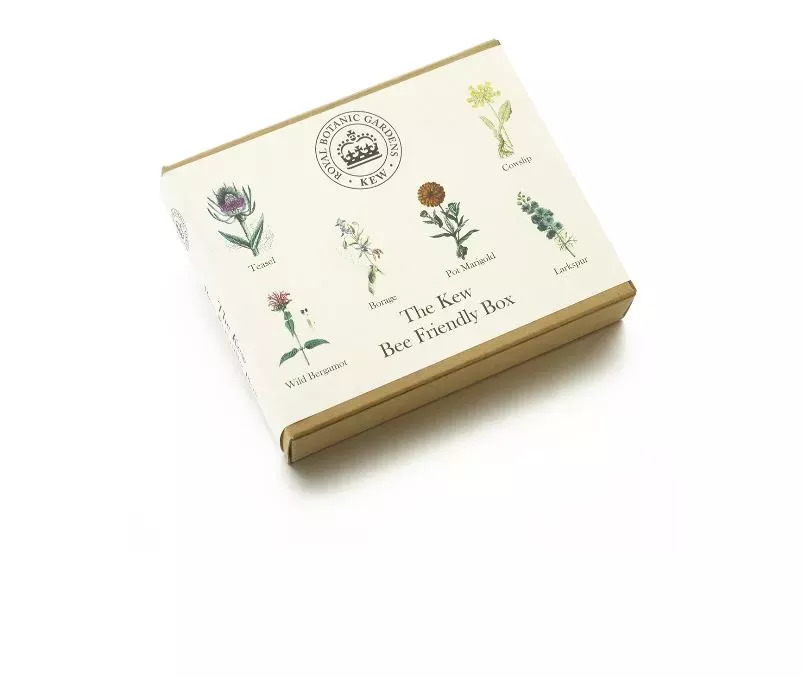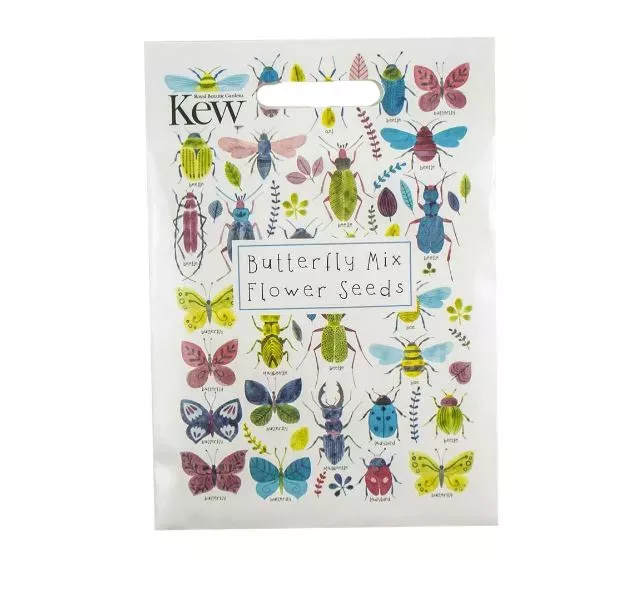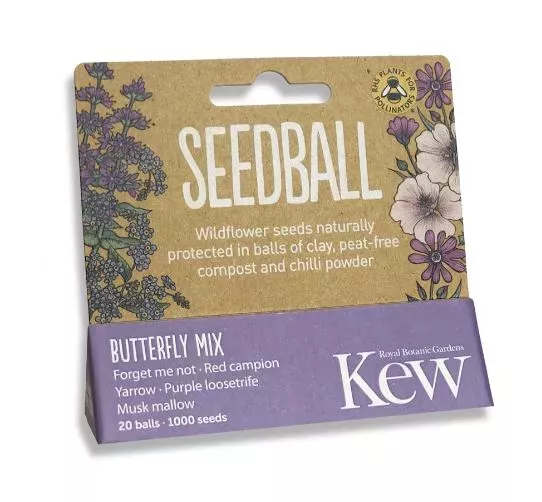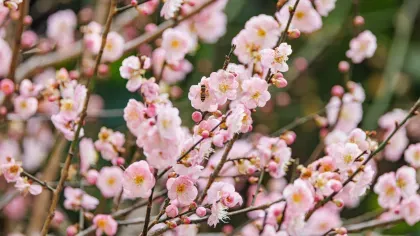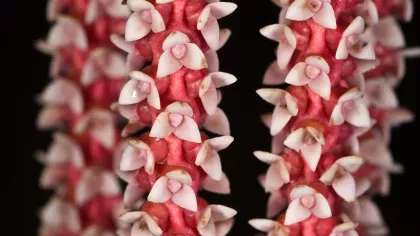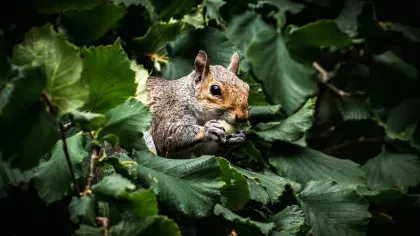3 February 2021
How to attract insects to your garden
From butterflies to beetles, learn how to encourage insects into your garden and enjoy all the benefits they bring.

Insects are vital for a healthy garden.
From bees buzzing in the shrubs to colourful butterflies visiting your plant pots, insects are a joy to watch and boost the biodiversity of outdoor spaces.
They will help your garden bloom. Pollinating insects like bees (Anthophila), hoverflies (Syrphidae) and butterflies (Rhopalocera) allow plants to reproduce.
They also attract other wildlife to the garden as birds and mammals rely on them as a food source.
Here are our top tips for an insect-friendly outdoor space.
1. Grow insect-friendly plants
If you add a diversity of plants to your garden, the diversity of insects will increase, simply because different insects like different types of plant.
Buddleia (Buddleja), also known as the 'butterfly bush' is a favourite of lepidopterists (butterfly experts) by attracting a wide variety of species, like peacock (Aglais io) and red admiral butterflies (Vanessa atalanta).
Lavender (Lavandula) is another butterfly-attractor, as it provides a rich source of nectar in the summer.
Try planting plants that smell fragrant when they bloom. Pollinators love flowers that with a strong smell, as most butterflies and some insects find their foodplants by smell, not sight.
Ladybirds (Coccinellidae) are a great insect to have in the garden as they keep populations of aphids (Aphidoidea) under control: these sap-sucking insects can damage your plants.
Ladybirds love the flowers of chives (Allium schoenoprasum) and dill (Anethum graveolens) as well as plants like marigold (Tagetes) and yarrow (Achillea millefolium).
Did you know? There are over 40 species of ladybirds in the UK.
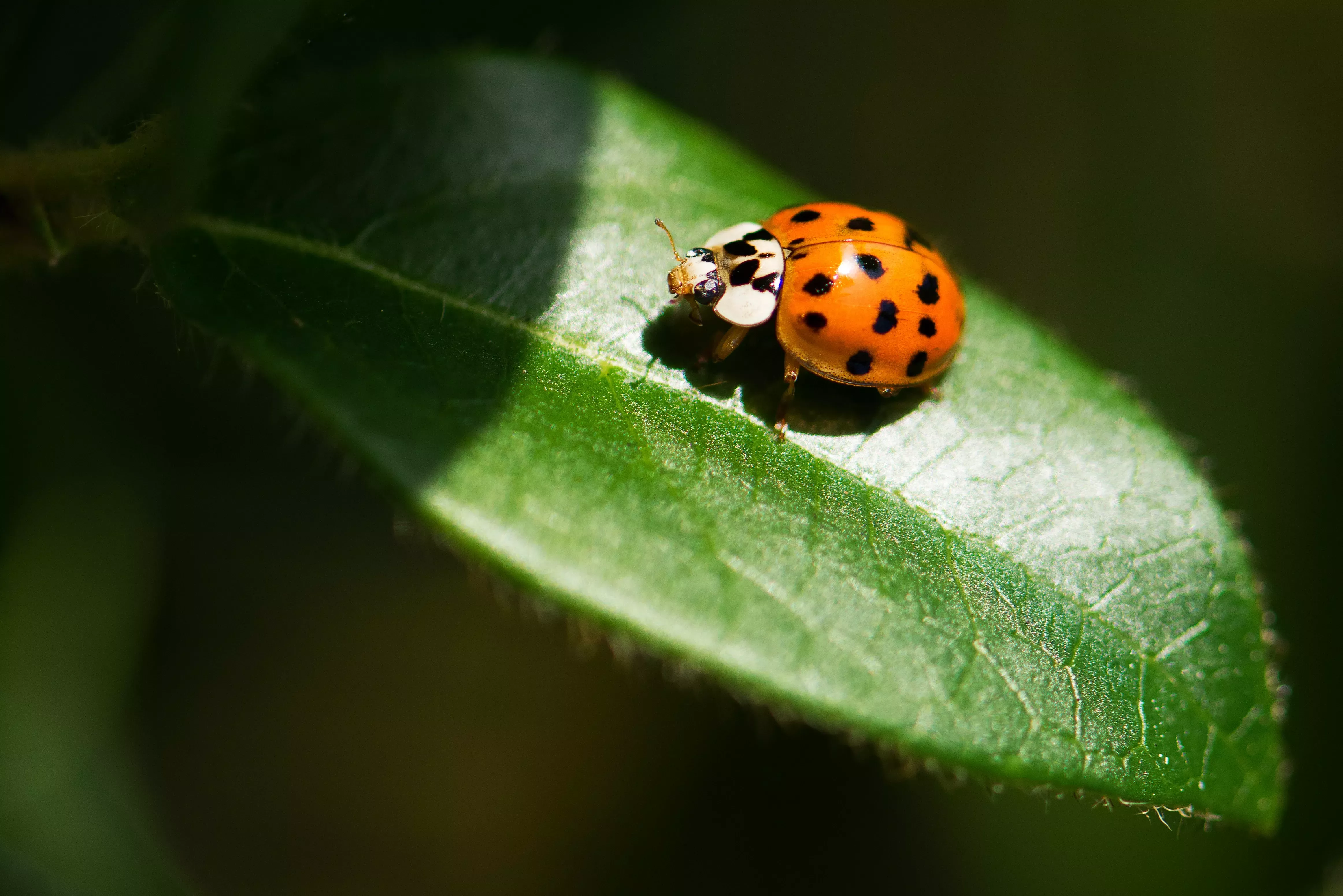
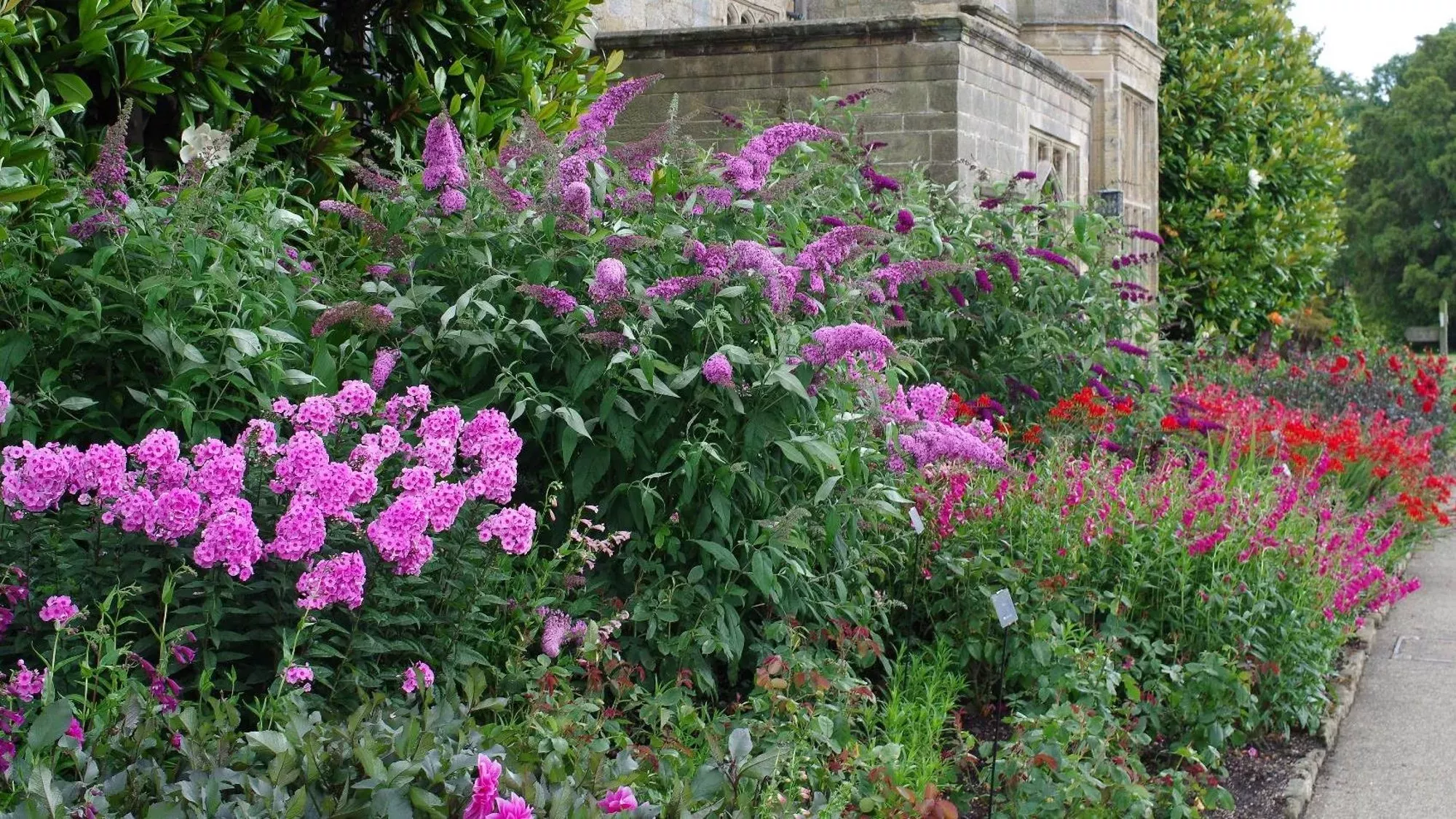
2. Create a log pile
Fallen leaves and log piles in shady spots make great hiding places for insects like worms (Lumbricina), woodlice (Oniscidea), millipedes (Diplopoda) and centipedes (Chilopoda).
Fallen leaves and logs also attract other wildlife. You might find a hedgehog (Erinaceinae) sniffling around in search of the crunchy beetles to eat.
If you've got a pond in the garden, placing a log piles next to it is a great way to provide shelter for amphibians and reptiles like our friends the frogs (Anura), toads (Bufo bufo) and newts (Pleurodelinae).
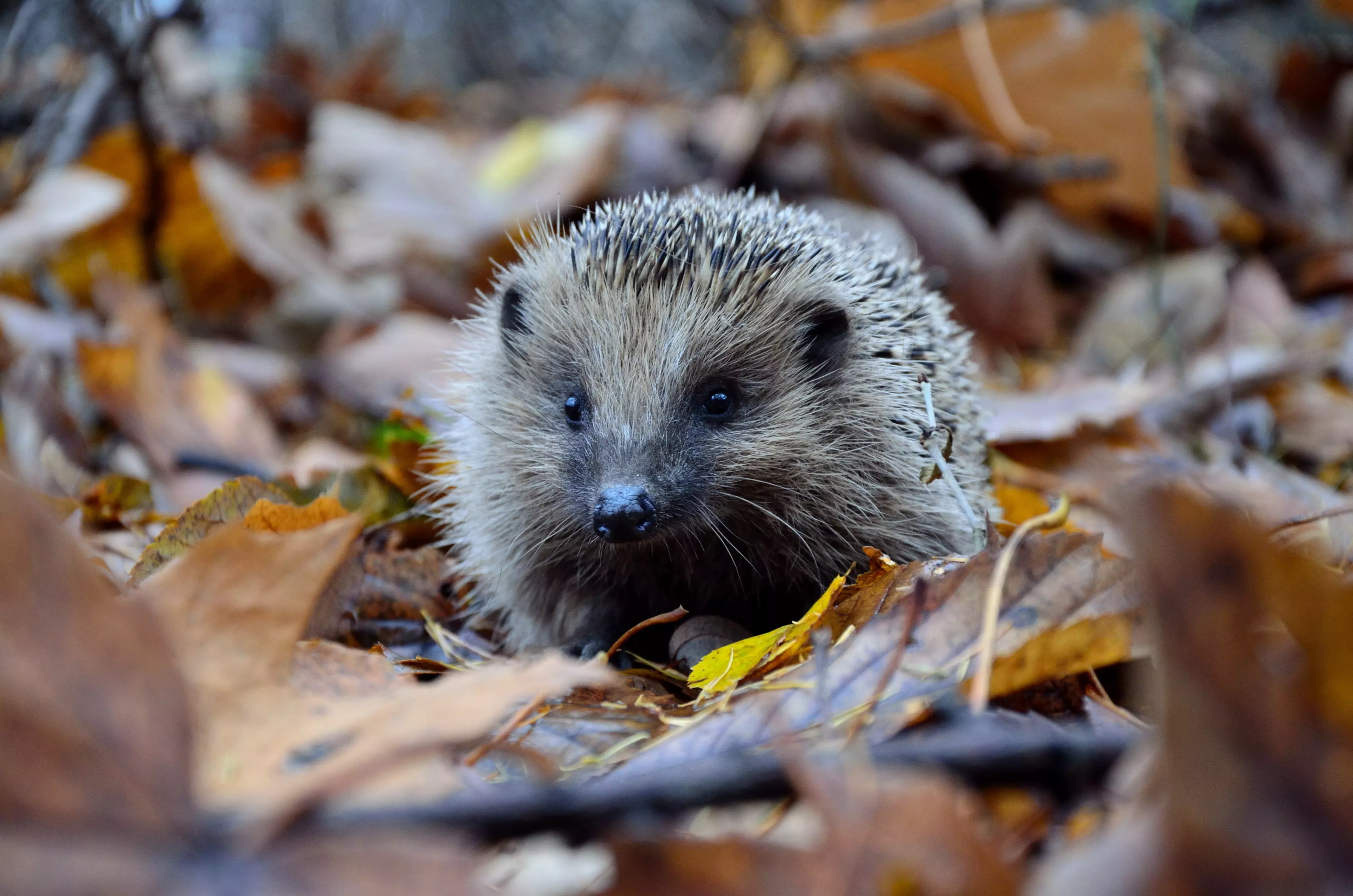
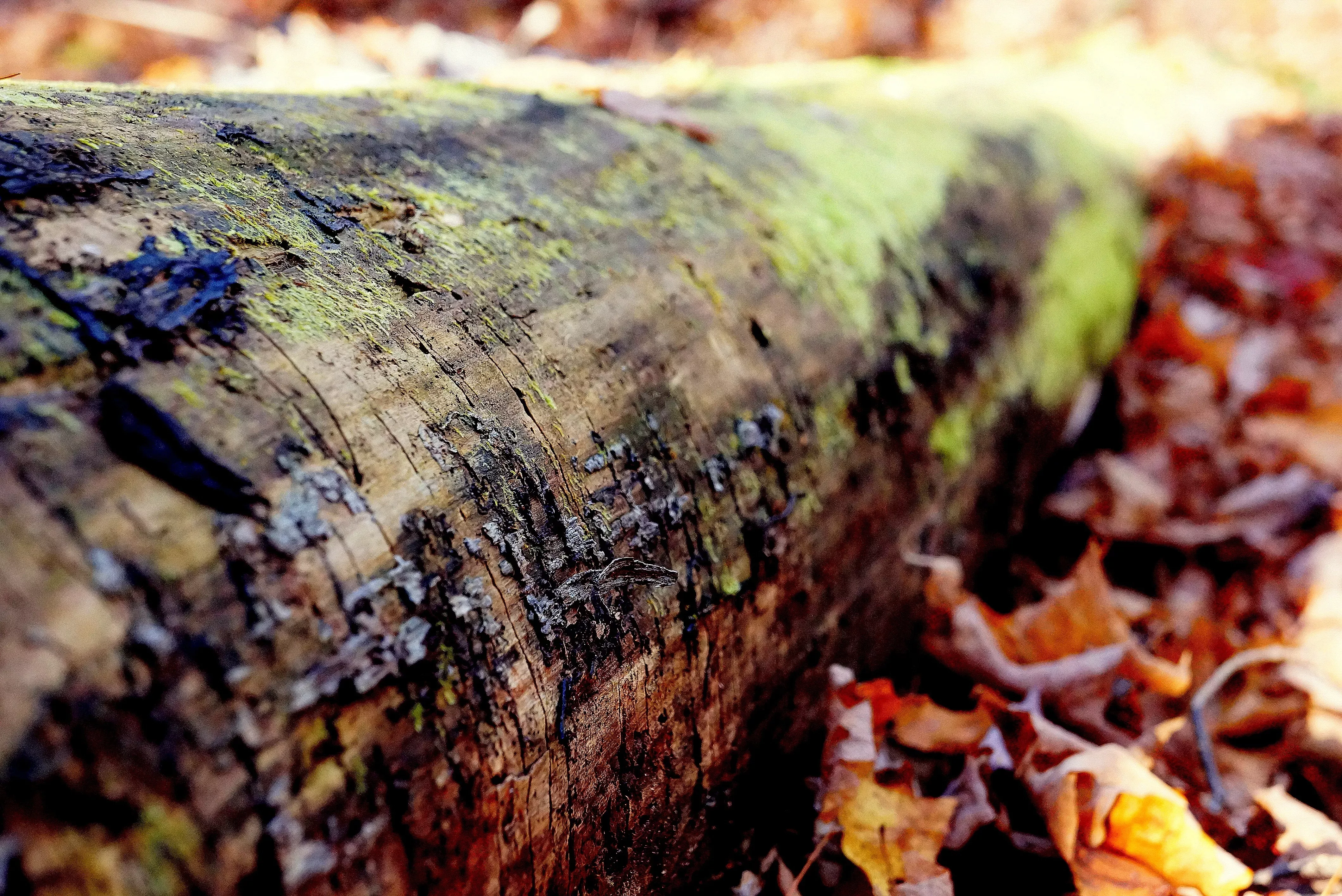
3. Let an area of your garden grow wild
The messier the garden the better!
Of course, you don't have to let your whole garden turn into a jungle, but you can apply this principle to a small patch of lawn or a hidden corner because insects will thrive in something a bit wilder.
Piles of leaves, twigs or stones make great habitats for insects and other wildlife like frogs and newts so feel free to scrape them into one section into your garden and let the creatures come.
4. Create a compost heap
You can save garden and kitchen waste to make your own compost, which is great for the soil and your plants.
As well as being a sustainable way to recycle waste from your household, it will benefit your garden by attracting a host of insects.
You can mix green waste from the garden with food waste from the kitchen to create your pile.
Compost heaps have a number of knock-on positive benefits for your garden.
Slugs and worms feed on the rotting matter inside, insects take shelter in the pile, and birds and other wildlife will visit for a tasty snack.
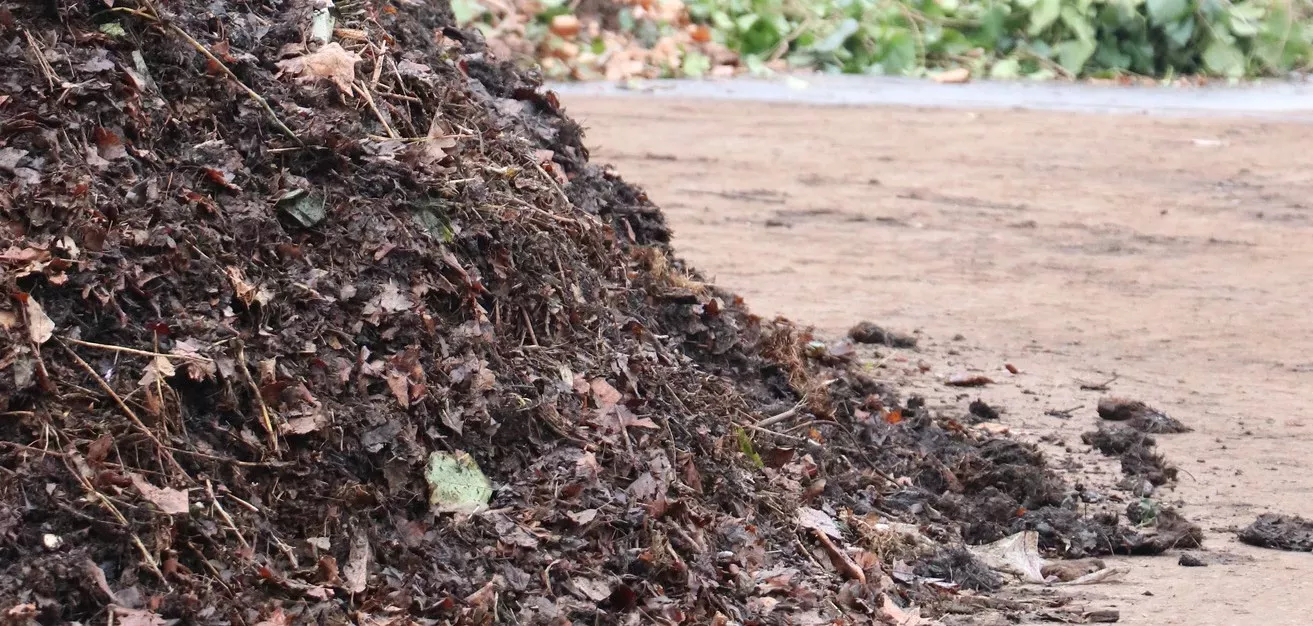
5. Build a pond
Ponds are incredible habitats for insects like dragonflies (Anisoptera), damselflies (Zygoptera) and water beetles (Adephaga). Many insects lay eggs in the water for their young to grow, so it's a great safe place for them.
If you're short on space, you could convert a large pot or an upturned dustbin lid into a small nature pond.
Not only do a lot of insects start their life in ponds, but the water is a drinking source for birds, hedgehogs and foxes.
Grass snakes (Natrix natrix) may make an appearance, and frogs and newts can be seen in spring. Bats (Chiroptera) love to eat flying insects that leave ponds in the summer.
Make sure the pond has a sloping edge as a way for creatures to get out, like a ramp or branch - many can swim but can't climb.
Remember to plant oxygenating plants underwater, as well as plants with long stems poking out of the water.
These stems give dragonfly and damselflies a helping hand. When the larvae are ready to leave the pond, they crawl onto plant stems to shed their skin and release their wings. They perch on the plant until their wings harden up and they're ready to fly.
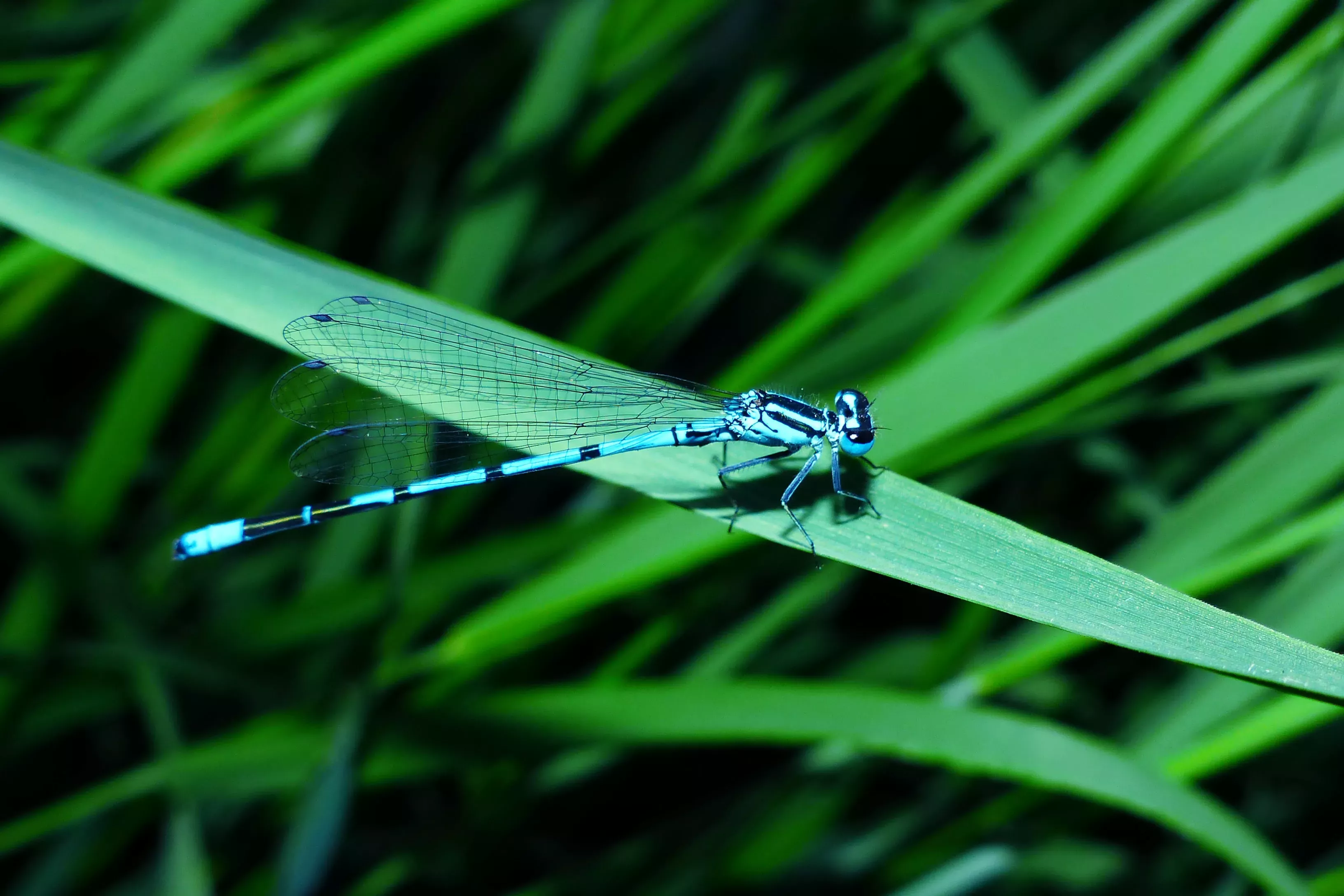
6. Nurture your hedges
Hedgerows are remarkable habitats for wildlife, but are sadly declining in the UK due to changes in farming practices and land development.
Hedges provide an important place for butterflies to lay their eggs, and some butterflies depend on specific plants commonly found in hedgerows.
The brown hairsreak butterfly (Theclinae) depends on a shrub called blackthorn (Prunus spinosa), which the caterpillars feed exclusively on. With the loss and intensive pruning of many hedgerows, it is sadly becoming increasingly rare.
Honeysuckle (Lonicera) flowers and brambles are another great nectar sources for our pollinators, so leave these to grow in your garden if you can.
Hedgerows act like wildlife corridors. They are a safe space for mammals like hedgehogs to move, as well as nesting sites for birds like dunnocks (Prunella modularis).
Great plant species to grow in hedges include:
- Hawthorn (Crataegus monogyna)
- Blackthorn (Prunus spinosa)
- Field maple (Acer campestre)
- Hazel (Corylus)
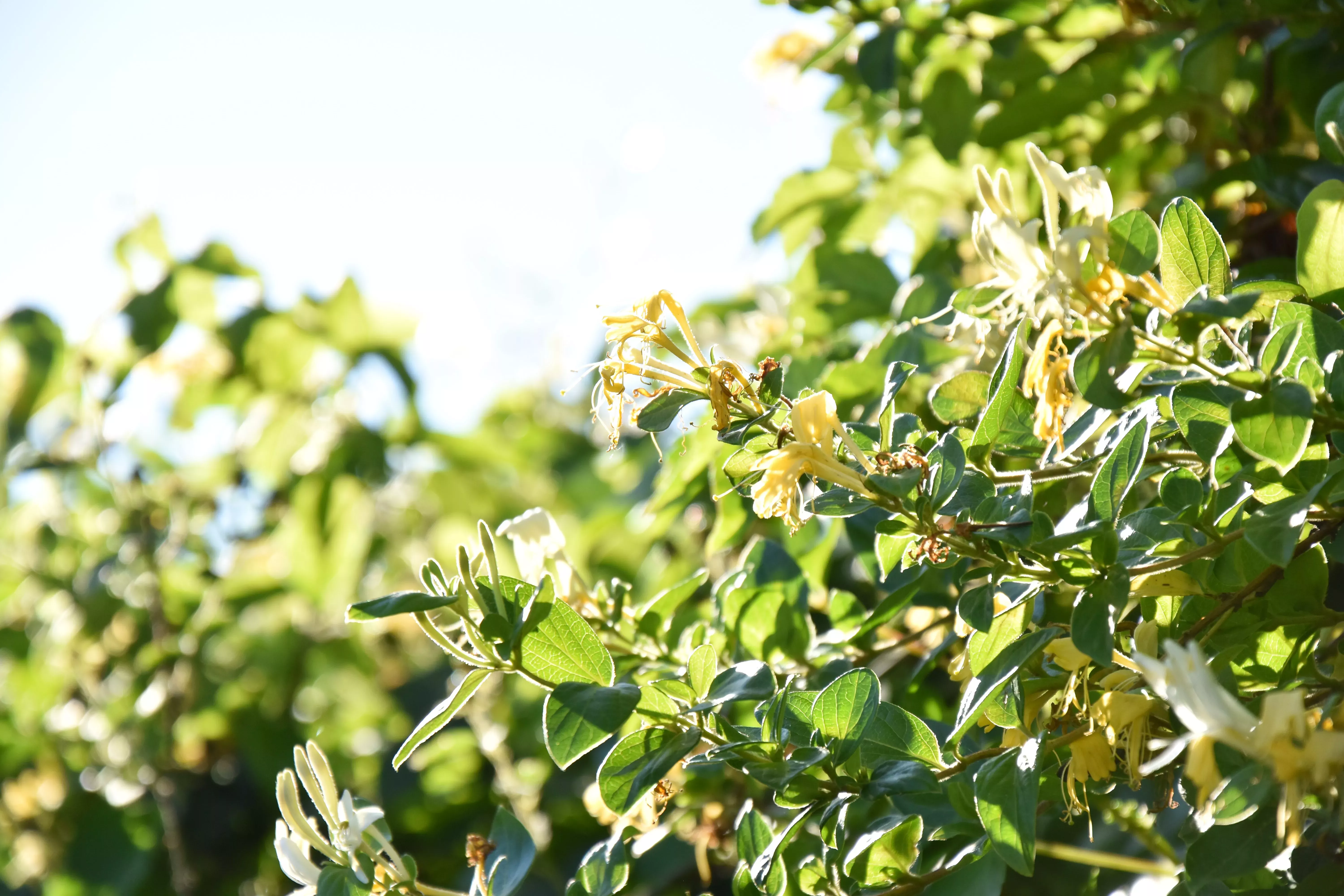
7. Plant wildflowers
Wildflowers are easy to grow and maintain and are a great way to attract insects to your garden.
As well as providing a pop of colour from spring through to autumn, they attract insects like butterflies, ladybirds and bees.
Aim to plant flowers of different shapes and sizes to attract a variety of insects. Try plants like oxeye daisies (Leucanthemum vulgare), bird's-foot trefoil (Lotus corniculatus) and corn marigold (Glebionis segetum).
Be inspired by our Coronation Meadow at Wakehurst, which is full of native flowers and grasses.
Create your own insect-friendly garden with seeds from the Kew shop.
